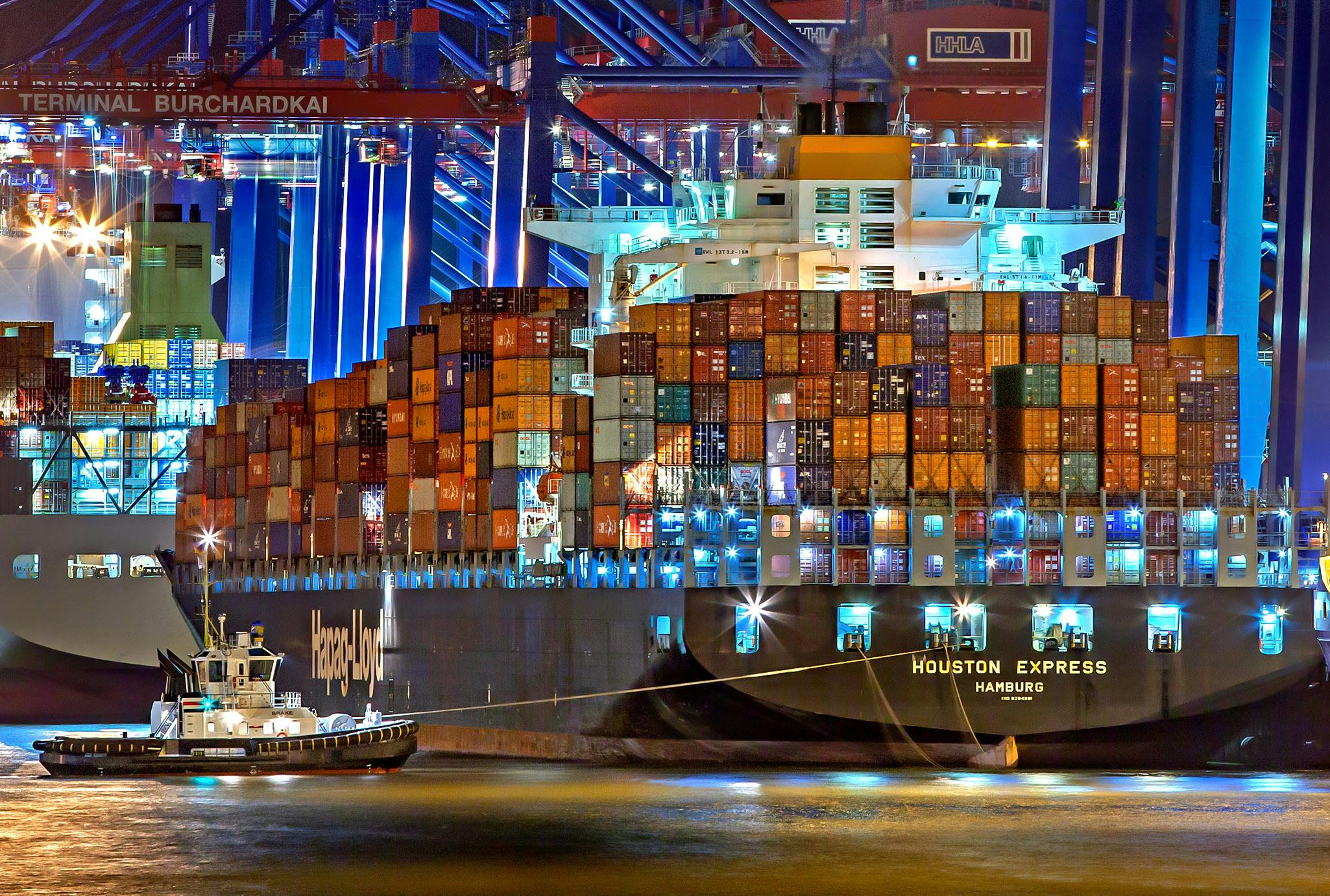Update : May 20, 2024
The future of sustainable shipping lies in the industry's ability to innovate and adapt to stringent environmental regulations and growing global awareness of climate change. Advances in green technology, such as the development of alternative fuels like hydrogen and ammonia, and the use of energy-efficient ship designs, are pivotal in reducing the carbon footprint of maritime operations. The integration of renewable energy sources, such as wind and solar power, into ship propulsion systems also offers promising reductions in emissions.
Future Of Sustainable Shipping
The first step towards safe and efficient hazardous materials storage is a thorough. Here's what you need to consider:
Digital Technology: digital technologies like blockchain and IoT (Internet of Things) can enhance operational efficiency by optimizing routes and improving cargo tracking, thereby reducing fuel consumption. Collaborative efforts, including industry-wide initiatives and partnerships with environmental organizations, are essential for setting and achieving sustainability goals. By embracing these innovations and committing to continuous improvement, the shipping industry can pave the way for a greener, more sustainable future.
Fossil Fuel:he future of sustainable shipping hinges on the maritime industry's proactive approach to environmental stewardship and innovation. Key to this transformation is the adoption of alternative fuels, such as hydrogen, ammonia, and biofuels, which significantly lower greenhouse gas emissions compared to traditional fossil fuels.

Sustainable: Sustainability in shipping also extends to the broader supply chain. Efforts to create end-to-end sustainable logistics solutions, from green port operations to eco-friendly warehousing and distribution, are becoming increasingly important. Companies are investing in electrification, automation, and renewable energy sources at ports and terminals to further reduce their environmental impact.